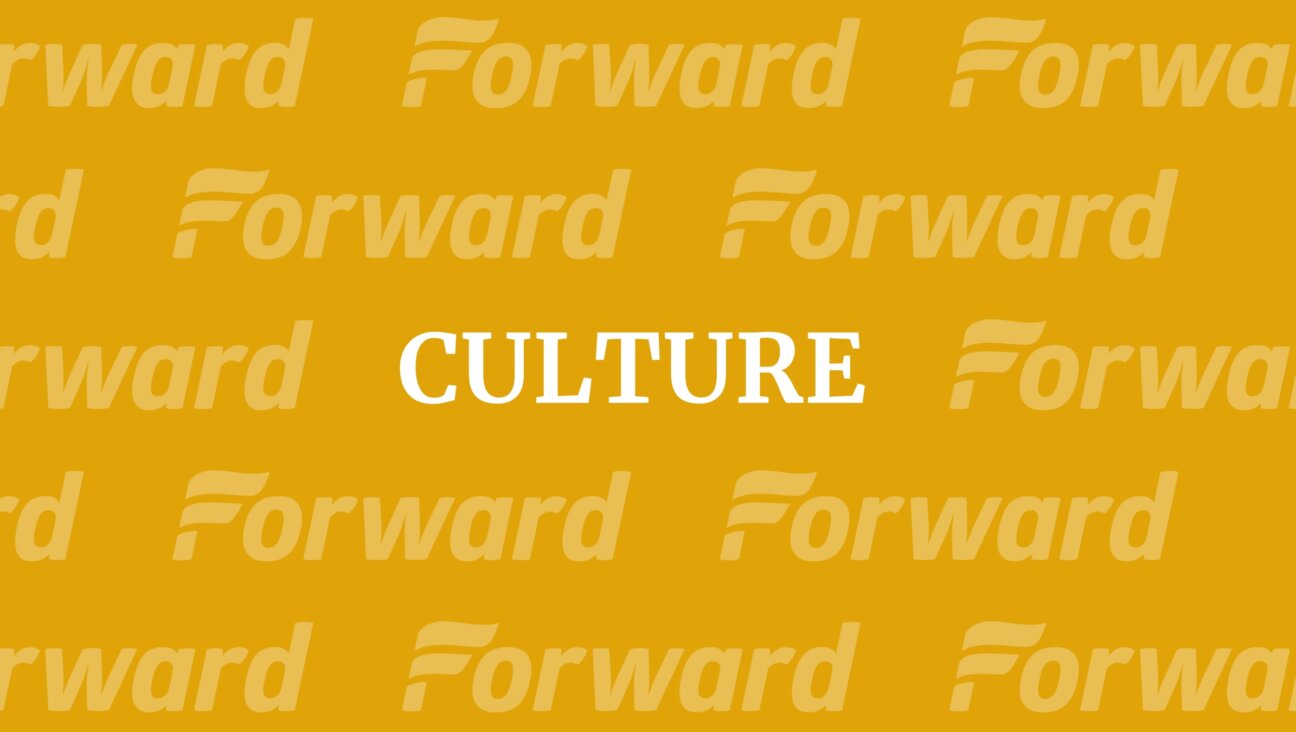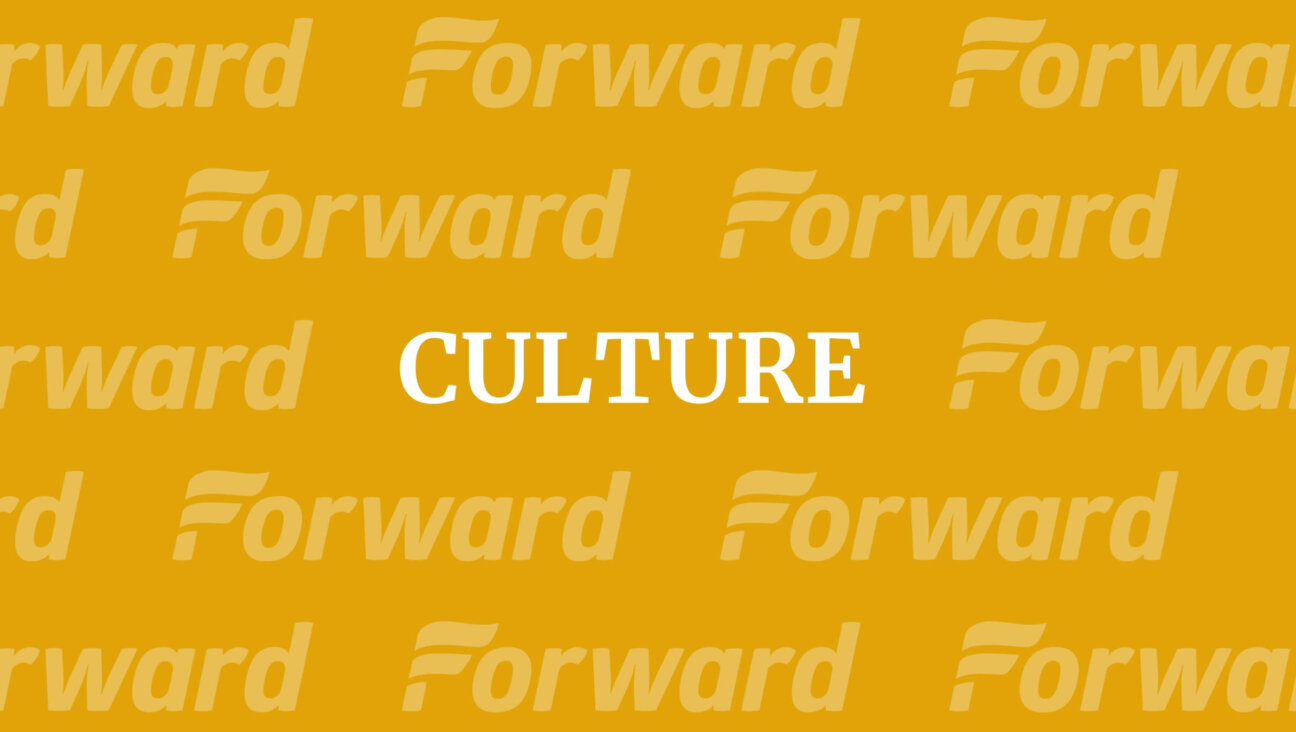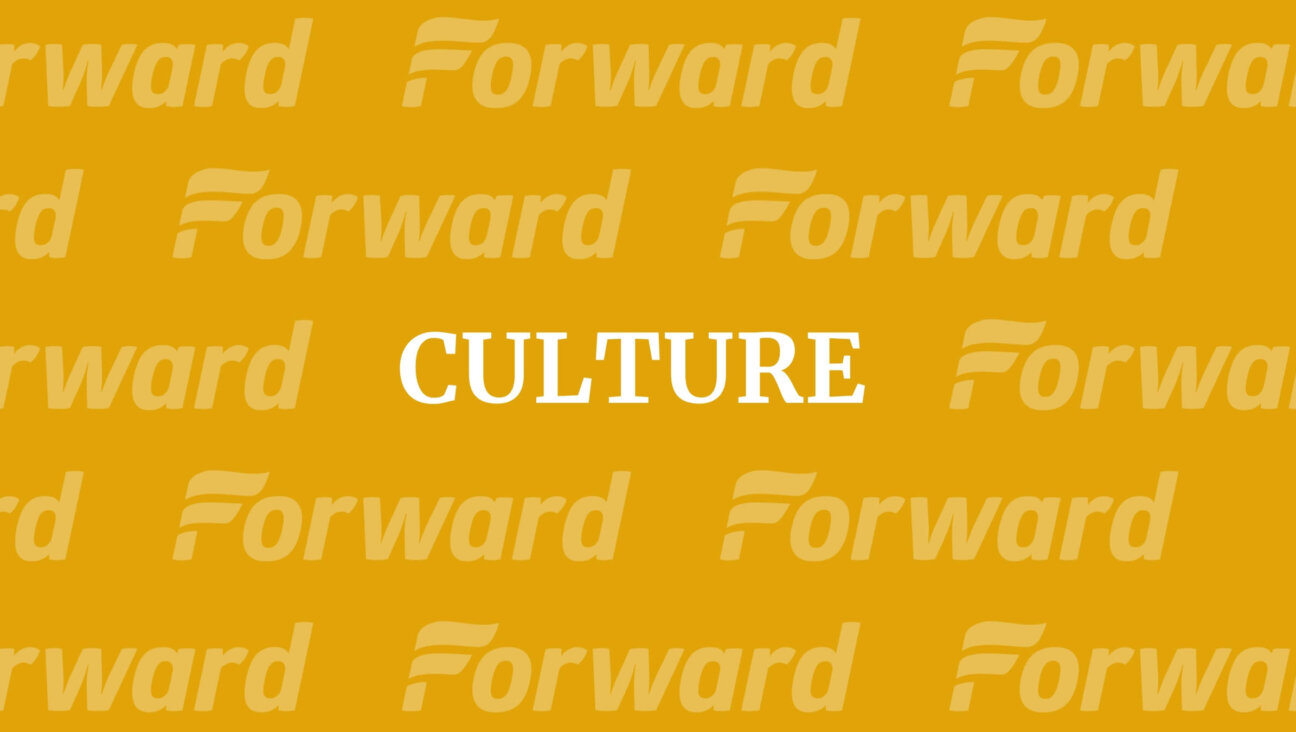Putting Persian Back in the Talmud

Graphic by Angelie Zaslavsky
● The Iranian Talmud: Reading the Bavli in Its Sasanian Context
By Shai Secunda
University of Pennsylvania Press, 272 pages, $55
Academic study of the Talmud once provoked anger.
In “The Promise,” Chaim Potok’s 1969 sequel to “The Chosen,” Orthodox rabbinical student Reuven Malter wants to emend manuscripts and track the text’s historical development. His Orthodox teachers, irked both by new, non-traditional readings and by the humanization of sacred texts, smell heresy. Hasidic boys on the street call him the “goyishe Talmudist.”
This battle has, if not ended, at least cooled. Today, skull-capped scholars toggle easily between private piety and professional skepticism.
Part of the explanation may lie in disciplinary training. Becoming a Talmud professor requires years spent laboring over Hebrew and Aramaic. Even as one learns to disentangle the text’s layers, one often treats it as autonomous and self-contained. This problem is worse for Israeli Talmudists, because their philological training is often more rigorous. Also, the Diaspora may inspire intercultural work; in America, Daniel Boyarin’s great comparative work on gender and sexuality, “Carnal Israel,” has influenced a generation of scholars. Still, the myopia is compounded in the case of Babylonian Talmud, or “Bavli.” While scholars and archeologists have been working on Greco-Roman antiquity for centuries, we know less about the world that birthed the Bavli.
Recent years have seen a new challenge to reading the Bavli in a cultural vacuum. Mining Persian texts, scholars have long found parallels for the Bavli’s words and ideas in the Sasanian Empire, which lasted from the mid-third century until the rise of Islam in the seventh. Recently, however, some have gone beyond local, specific borrowings, aiming at a systematic account of the rabbis’ interactions with their Persian neighbors.
Shai Secunda, who is currently a fellow at the Hebrew University of Jerusalem, has written a very fine book, “The Iranian Talmud: Reading the Bavli in Its Sasanian Context,” which explains these developments and promises more to come.
Aided by scholars of Old Iranian languages, Talmudists have turned to Middle Persian texts like the Zand, a translation of — and commentary on — the much earlier sacred texts of Zoroastrianism, called the Avesta. One simple, but exciting conclusion: Though the Bavli’s dialectical, recondite mixture of sources can confuse and alienate modern readers, Zoroastrian religious law and thought are strikingly similar. So we now have parallels to the Bavli’s famous style, its mashing together of sources from different places and times, and its difficult, abstract logic.
In fact, Secunda argues that Zoroastrians may have been interfaith interlocutors for the Babylonian rabbis. The powerful, state-sanctioned Zoroastrians often dismissed other faiths, which, in Persia, included Christianity, Judaism, Manicheanism, and even Hinduism and Buddhism. Sometimes, they literally demonized them. Zoroastrianism, a dualist religion, posits two, opposed cosmic forces, and scholars speak of “social dualism,” in which marginalized minorities are linked to the evil deity. But hostile rhetoric can conceal complex lines of influence and exchange. Some Persian texts suggest histories of inter-religious debate, and perhaps even interest in non-Zoroastrian texts. Stories in the Bavli indicate familiarity with Zoroastrian ideas and rituals. A few rabbis may have frequented Zoroastrian religious spaces or at least had an understanding of foreign magical practices.
These links uncover surprising chapters in the history of Jewish law. Secunda’s doctoral dissertation, for instance, which he discusses briefly in “The Iranian Talmud,” traced the relation between Jewish and Zoroastrian menstruation law. Secunda examined talmudic stories of rabbis challenged with pseudo-medical cases. In one, Ifra Hormiz, the mother of Persian King Shapur, sends samples of blood to a rabbi for forensic analysis, asking which are impure, menstrual blood. Exactly because stories like this are largely invented, they’re fascinating. They demonstrate the rabbis’ anxieties about how their neighbors perceived them, and particularly about their neighbors’ standards of menstrual purity. Indeed, Middle Persian texts show Zoroastrians to have been very strict about menstruation; the rabbis may have made Jewish menstrual law more stringent under their influence.
In the final chapter of “The Iranian Talmud,” Secunda reflects on what inter-religious influence actually looked like in the era of the Bavli. You can track influences in, say, Victorian poetry pretty easily, not only by spotting specific allusions, but also by checking what a particular author read and studied. The Bavli is much murkier. Even the word “author” is fraught, since the Talmud is a compilation, less like a Dickens novel than like a mixtape or Wikipedia. This multiplicity of voices makes it tricky to assign agency or determine when a concept originated. Further, religious communities often develop similar concepts in totally insulated discourses. Not every myth of a god who dies and is reborn, for instance, traces back to the Egyptian Osiris. Finally, the Bavli relates to outside ideas in many ways. As the scholar of early Judaism Michael Satlow writes, we have to consider the “subtle interplay of… reception, incorporation, rejection, and reaction,” rather than study only overt borrowing.
In fact, these uncertainties are the chief virtue of comparative studies. Reading the Bavli alongside the Zand, we may hope for direct, clear pathways for a word or concept, but mostly find questions. Overlapping languages and cultures refuse to limit their interactions to discrete, neatly organized instances. That may be why the temptation to polemic — showing that, say, the Bible is more proto-feminist than parallel Akkadian myths — always haunts comparisons. Their ambiguity and shifting, hybrid mix of cultures are unsettling; they provoke a desire for closure.
Secunda’s book refuses both polemic and easy answers. It continually disrupts static categories, pushing us to imagine a Jewish mage or a Zoroastrian reader of scripture. In other words, Talmudo-Iranica offers what initially made academic scholarship both exciting and threatening: the ability to make the Talmud strange again.
Raphael Magarik is a PhD student at the University of California Berkeley, where he studies Milton and bible translation
















